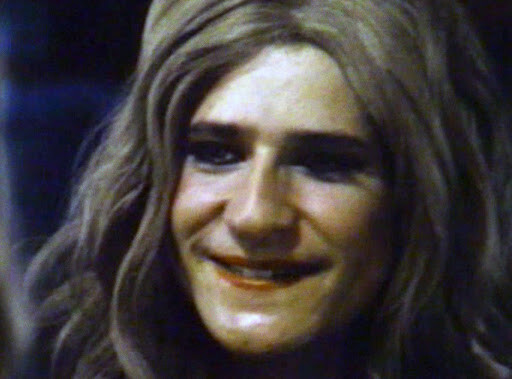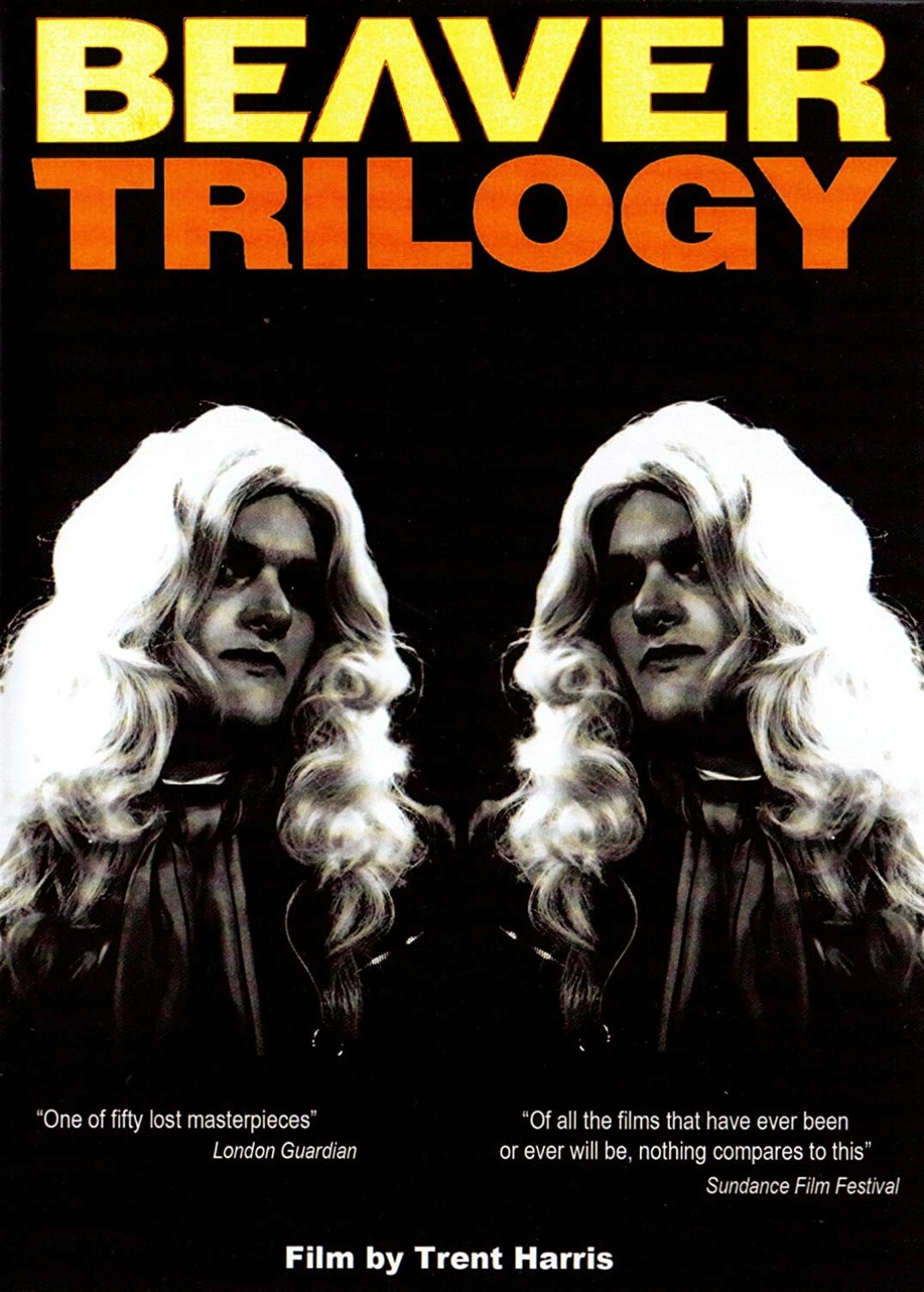News & Articles
Browse all content by date.

The Beaver Trilogy: Part IV
2015
Yes, the title is oxymoronic. How can there be a part four to a trilogy?
Self-titled “unknown director” (Brad Besser) brilliantly wraps up The Secret Tapes of Trent Harris – aka The Beaver Trilogy – with a doc-umentary that threads the whole story together into a rough and brilliant tapestry of human beingness.
Ultimately, it’s an uplifting documentary just because you get to meet Richard Griffiths (aka Groovin’ Gary), an extraordinary character who makes what may have been a bad decision to perform in drag as Olivia Newton-Dawn at a talent show in the small conservative town of Beaver, Utah.
This all begins with a chance encounter between a Salt Lake City news show documentarian by the name of Trevor Harris, who one day in 1979 is testing out the station’s first VHS camera when he runs into a well bell-bottomed young man who is thrilled to be on camera and launches into a few passable impressions of folk such as John Wayne and Sylvester Stallone in Rocky mode.
Then the kid, with Harris and his camera trailing, walk to his tricked-out brilliant white Chevy, with shag carpeting on the dashboard and “Olivia” etched into the side window glass.
Harris and his camera are captivated by the kid’s natural charisma and naïve charm. So when Harris is contacted by who he refers to as “the Beaver Kid” to attend a talent show in his town, Harris goes to cover the talent show, or at least the kid’s participation in it. We see Beaver Kid being made up at the local mortuary for his gig later in the day as Olivia Newton-Dawn, where he will sing in falsetto Olivia Newton-John’s hit “Please don’t Keep Me Waiting.”
There is a close-up scene when Richard, on stage in his makeup and Olivia wig, is feeling the vibe of the audience, which is not a good vibe, it’s a “what the hell is wrong with this weird dude in drag” kind of vibe, and you can see in his eyes the tormented look of one who has just seen the awful, bitter truth of his situation.

The station Harris works for decides not to air the piece, and that might have been the end of it.
But the idea of the Beaver Kid hung with Harris, to the point where he made a short fictional film based on his encounter with the kid and the subsequent talent show, starring a not-yet well-known young actor named Sean Penn playing the role of the Beaver Kid.
But Harris still is not satisfied, or, to put it another way, the Beaver Kid is not yet through with Harris. He decides to remake the fictional film into a slightly longer short feature for his AFI thesis. He auditions many actors who went on to big careers (Nicolas Cage, Eric Stolz), but, happily for fans of the truly weird, he chose Crispin Glover for the role of Beaver Kid.
The two became friends, and when Glover came up with a character named Rubin Farr, he suggested Harris do a movie featuring the character. The result was the 1991 feature Rubin & Ed. (Anyone recall the Late Night with David Letterman show in 1987 when Glover, in character as Rubin, nearly kicked Letterman in the face with a platform shoe, causing Letterman to leave the set?}
Although a must-see film for some cultists, Rubin & Ed was a commercial flop. Harris went on to other things, such as Plan 10 from Outer Space (1995).
But, apparently much to his dismay, he seems best known for The Beaver Trilogy, which he released in 2001.
The Beaver Trilogy became something Harris wished to forget. He said he was sick to death of answering the same questions about the work. But the trilogy was inspiring a fellow Utah native to tell the rest of the story with Part IV.
We learn that when The Beaver Trilogy premiered at the Sundance Film Festival (in 2001), Harris reserved a ticket for Richard, but he never picked it up. But after the showing, a guy walked up to Harris and said, “You probably don’t remember me … ” It was Richard “the Beaver Kid” Griffiths.
Besser tracks down family and friends of the Beaver Kid, and we learn that his dreams of being an impressionist were dashed with that fateful talent show, and some of what had made Richard Griffiths such a popular and fun guy was submerged in his personality until, his sisters say, he returned from the premiere of The Beaver Trilogy like his old self.
We also learn that like the Beaver Kids in Harris’ fictional accounts, Richard attempted suicide after his appearance as Olivia Newton-Dawn in the talent show. In the Crispin Glover version, after a scene with a gun in his mouth, the bewigged Beaver Kid leaves his uptight hometown in his white Chevrolet named Olivia for a bright future in Tinseltown.
The truth, of course, is different. And it turns out to be a beautiful, though sad, story of dreams unfulfilled, or the melancholy of even having dreams. I won’t say more than that.
Either way, it’s highly recommended viewing and available for streaming through Amazon Prime.
| Tweet |


